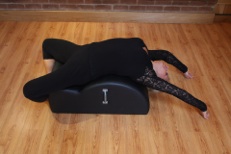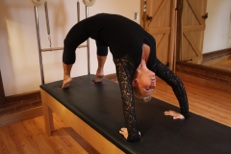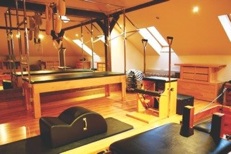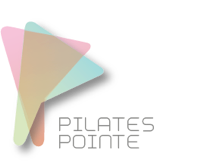The Pilates Principles
Philip Friedman and Gail Eisen, two students of Romana Kryzanowska, published the first modern book on pilates, The Pilates Method of Physical and Mental Conditioning, in 1980 and in it they outlined six "principles of Pilates".
Concentration
Pilates demands intense focus: "You have to concentrate on what you're doing. All the time. And you must concentrate on your entire body".
Control
"Contrology" was Joseph Pilates' preferred name for his method. All exercises are done with control with the muscles working to lift against gravity or the resistance of the springs.
Centering
Pilates teachers refer to the group of muscles in the centre of the body – encompassing the abdomen, lower and upper back, – the “powerhouse."
Precision
The focus is on doing one precise and perfect movement, rather than many halfhearted ones.
Flow (efficiency of movement)
Once precision has been achieved, the exercises are intended to flow within and into each other in order to build strength and stamina. Pilates is flowing movement outward from a strong core.
Breathing
To keep the lower abdominals close to the spine; the breathing needs to be directed laterally, into the lower ribcage. Pilates breathing is described as a posterior lateral breathing, (breathe deep into the back and sides of your rib cage). When exhaling note the engagement of the deep abdominal and pelvic floor muscles and maintain this engagement as you inhale.




















































